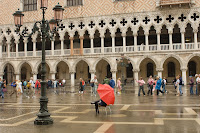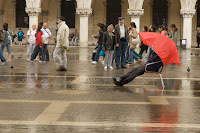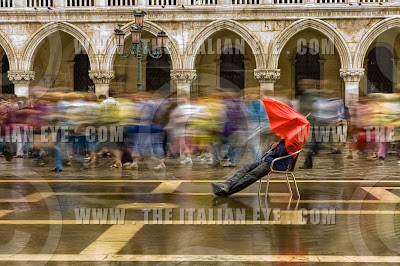PAINTING WITH SHUTTER SPEEDNoooooooo Tripods Allowed!Until recently, the 'rule' of photography has been to "keep the horizon line straight and above all else, make sure its in focus". It was also unthinkable for a photographer to deliberately handhold their camera at a very slow shutter speed without the aid of a tripod. For those who did venture out of this 'norm', they were often scoffed at because the resulting images were of course "blurry and out of focus" and on more than one occasion the photographer was asked "were you drunk when you took that shot?"
Fortunately times have changed and the idea of "painting with a slow shutter speed" has been embraced. But, unlike panning, which is already challenging enough, painting with a slow shutter speed is a real "hit or miss" affair, BUT when everything does come together, it is truly rewarding. (Have you priced 'abstract art" lately? Doing it yourself is not only 'cheaper', but since you 'painted' it yourself, its also that much more rewarding.
Painting with shutter speed is a simple technique really. The challenge is in finding the 'right' subject to paint. Once you feel you have found a subject to paint, you simply set a correct exposure that will allow you to use, a 1/4 or a 1/2 second shutter speed, and at the moment you press the shutter release, you twirl, arch, jiggle, or jerk the camera in and up and down, or side to side or round and round motion; PRESTO an instant abstract painting! Just as Monet discovered with his brush and canvas, flower gardens continue to be the number one choice of photographers for painting with shutter speed, but don't overlook other compositional patterns as well, such as boat harbors, fruit/vegetable markets and even the crowd in the stands at the NFL football match. Also, consider painting with shutter speed in low-light where shutter speeds can range from 2 to 8 seconds-the difference here is that your movements are slower then the quick and hurried 'jiggle' mentioned above, and the resulting effect can look like that of an artist who uses a palette knife as the exposure time builds up one layer upon another.
Not much is required to create some truly exciting abstract paintings with your camera other then a slow shutter speed and the willingness to perhaps look 'foolish' in the presence of others. Defying all the 'laws' of photography, strangers stop momentarily as they find it odd to see you with your camera pointed at a given subject, jiggling, spinning, jerking and/or turning your camera while pressing the shutter release, and they cant for the life of themselves understand what on earth you could possibly be so happy about it. You may even perhaps give the impression that you suffer from a nerve disorder which would no doubt accounts for why you cant obviously hold the camera steady. Like I said, we do look foolish, but do we really care?

PHOTO#1-#2-#3-A roadside flower bed in the heart of the city of Lyon France provides a welcomed reminder that spring has arrived, following a harsh and cold winter. Standing over a portion of this flower bed and shooting down with my camera and 12-24mm lens revealed a most interesting and energy filled composition that was reminiscent of those times I went to the county fair in my youth and gladly paid the man 25cents for a white piece of paper upon which I would squirt various colored paints and than this paper would spin for several seconds and reveal a kaleidoscope of colors. So how did I do it?
A rather simple technique here but you will want to call upon your wide angle zooms first and foremost AND your polarizing filter and/or your three/four stop neutral density filter.
Remember when creating these abstract works of art, we are calling upon these two filters primarily to decrease the intensity of the light, thus allowing us to use slower then normal shutter speeds, while still maintaining a correct exposure. With my 12-24mm set to the focal length of 12mm and fitted with a four -stop ND filter, I was able to set a correct exposure of f/11 at a 1/4 second and as I pressed the shutter release, I did the following:
I rotated the camera in a right to left circular motion, as if drawing a circle, and at the same time, with my left hand, I zoomed the lens from 12-24mm. And keep in mind all of this took place in a 1/4 second so you are right to assume that you must be quite fast in turning the camera in that circular motion and zooming at the same time.
In comparison to the next shot, I was able to slow down a bit as I repeated the same moves, but I had also changed my exposure from f/11 at a 1/4 second to f/22 for 1 second. Of course the choice is yours, but clearly the spiral effect that results leaves a bit more definition in the flowers at a 1/4 second then the exposure seen in the 1 second exposure. Are we having fun or what!?

PHOTO#4-#5-For some people, walls and doorways, covered with grafitti and posters are seen as unsightly, a blight of societies woes, but personally I have found them to be great fields of photographic potential, harvesting them often by the likes of my macro lens. But it was only recently that I discovered they are also a great resource to create 'art' with the principles described above. Again, with my camera and 12-24mm lens set to ISO 100 and equipped with a 4-stop ND filter, I was soon turning the camera and zooming the lens at the same time, moving from one wall or door to the next, shooting with such careless abandon, experiencing once again that feeling of newness that often accompanies every photographers first few days or weeks behind the camera.
A wall of poster covered windows and graffiti is quickly transformed into a swirl of color and textures. F/16 at a 1 second.

PHOTO#6-#7-Just around the corner I went to work on another wall of 'art' and this time, rather then spinning I simply moved the camera in a slow and upward direction, while at the same time, zooming the lens, quickly, in and out, in and out. Note in this exposure the somewhat stair-stepped effect, a layered palette knife painting effect. Again, this was the result of moving up and zooming in and out at the same time, rapidly over the course of my TWO second exposure. Nikon D2X, 12-24mm lens with 4-stop ND filter, ISO 100 f/16 for 2 seconds.

PHOTO#8-#9-Much of Europe's back roads and meadows are turned into carpets of red during the early part of May thanks to the perennial blooms of the red poppy. In fact up in the north of France, near Lille and as far as east as Strasbourg, acres upon acres of red fields can be seen. To many of the French, the sea of red poppies serve as a reminder of the blood that was lost by those who fought during one of WWII's most decisive battles fought in this area, the Battle of the Bulge.
Bringing my car to a sudden stop was quickly explained as I rounded a corner on a small country road after having just passed a lone farmhouse whose entire yard, front back and sides were rich in tall green grass and red poppies. After a quick knock on the door and receiving permission to take pictures on the property, I was soon immersed behind camera and lens. Of the many exposures I had hoped to shoot that morning, creating motion-filled shots were high on my list. From the front-lit side of the house, I made this exposure of a rather ho-hum, somewhat static composition, but it possessed all the ingredients I felt it needed to make a wonderful abstract of line/color and texture and all that was needed was for me to shoot it again at a much slower exposure while simply moving the camera in a steady upward flow. The first exposure was made with my camera and 12-24mm lens with the ISO at 100 at f/11 for a 1/250 second. The second exposure was made with the same camera and lens, but the lens was equipped with both the Nikkor Polarizing filter and my 4-stop ND filter which resulted in a light loss of six-stops. In order to recover these six stops, I simply re-adjusted my shutter speed from a 1/250 to a 1/125, to a 1/60, to a 1/30 to a 1/15 to a 1/8 to a 1/4 second where once again my meter was now indicating a correct exposure. However, I stopped the lens down further by one full stop, to f/16 which meant I now needed again to double my exposure time from a 1/4 second to a 1/2 second in order to return to a correct exposure. I then pressed the shutter release and simply moved the camera upward in a very smooth flow which resulted in recording the streaks of color and texture that you see here.
Bryan F Peterson
Founder/PPSOP
www.ppsop.net















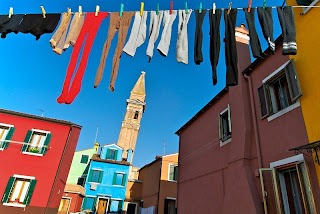
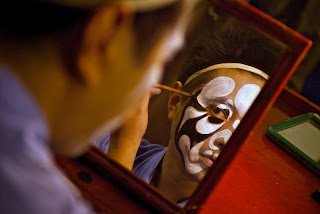
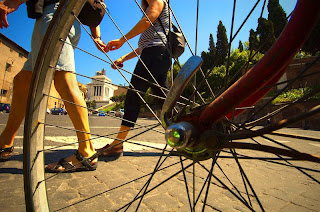


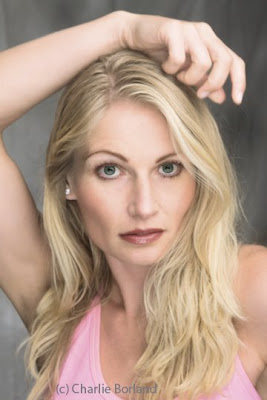.jpg)

